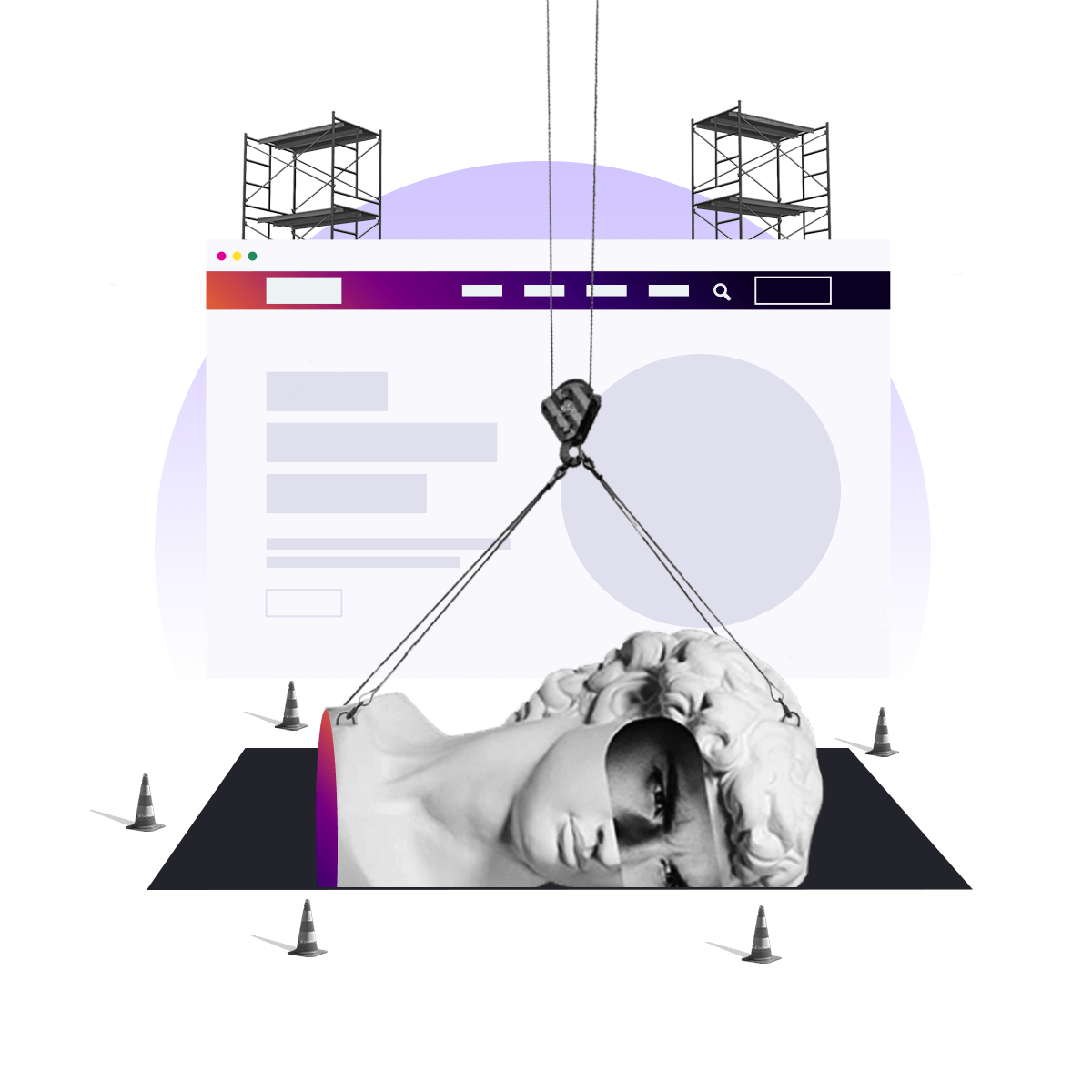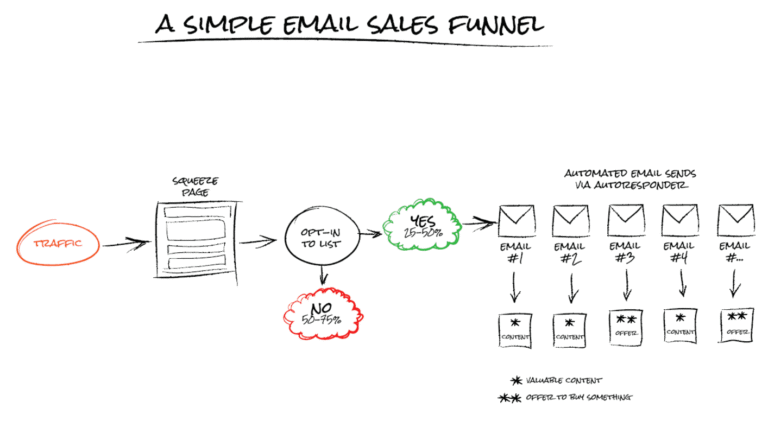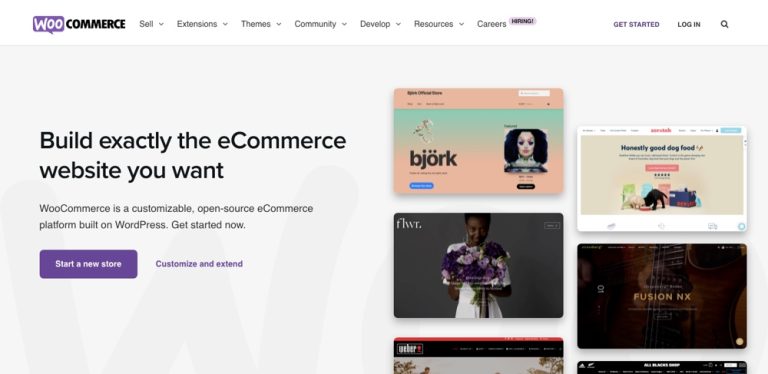
Friends, Drupalists, countryfolk! I come here to bury Drupal 7, not to praise it.
For those of you who aren’t familiar with Shakespeare’s Julius Caesar, Marc Antony’s famous intro line to Caesar’s funeral is tongue-in-cheek. The Roman general was 100% there to praise Caesar. And so am I here with a love letter to Drupal 7 ahead of its upcoming January 2025 end of life. It’s not as grand a gesture as the Drupal 6 second-line in New Orleans, but given how Pantheon grew up with this CMS I wanted to share a few reflections as we mark the occasion.
Drupal 7 was the most popular version of Drupal the internet will likely ever see, powering over a million websites at its peak in 2016. What really stood out about Drupal 7 in hindsight was its versatility. It was approachable enough to work for a personal blog and powerful enough to deliver full-blown web applications. In fact, anyone who was around for our public beta will remember how we used it for the first few iterations of the Pantheon dashboard, pushing the infamous Chaos Tools suite to its absolute limit.
Drupal 7 was also the basis for Drupal Gardens, an ambitious attempt to build “Drupal as a Service.” While Gardens wasn’t ultimately successful as a product — though it lives on in a way today as Acquia Cloud Site Factory — it was still a huge leap forward as a vision for what open source could do for the web. For example, it had WYSIWYG full-site editing nearly a decade before Gutenberg, when Wix and Squarespace were still emerging startups, Adobe Experience Manager didn’t exist, and many enterprise sites were running on Vignette. I still vividly remember that demo at DrupalCon Paris 2009. It was electric!
What Drupal 7 really nailed was the somewhat Gardens-adjacent use case of private distributions. I emphasize private here because D7 was also the heyday of open-source distributions like OpenSocial, OpenAtrium, and others built around the legendary Panoply “distro for distros.” The truth is that these freely available Drupal site-in-a-box projects never really took off. They were effectively marketing tools for the shops that put them together.
However, what did end up working extremely well was businesses and institutions creating their own in-house distros, often with help from digital agencies. This allowed them to narrow the scope of what they needed to support and tailor it to exactly what their internal customers required. The end result was an incredibly effective approach to delivering CMS at scale.
In organizations with a lot of stakeholders, a monolithic approach simply doesn’t work, nor does just standardizing on Drupal alone. We all know the pitfalls of the monolith: cookie-cutters don’t cut it as company-wide solutions. But at the same time there are far too many divergent paths with “how to Drupal” to get real organizational efficiency if all you do is standardize on core and let everyone else figure it out from there. The distribution approach allowed enterprise teams to hit the sweet spot in terms of the complexity that Drupal 7 could handle, while also keeping things simple enough to be adopted by less technical staff, and crucially retaining the flexibility and value of open-source for the organization as a whole.
We were lucky to be a part of this movement early, partnering with UC Berkeley to help them deliver a tailor-made distro to the campus ecosystem that ran hundreds of individual installations. This turned out to be an incredibly powerful and winning formula for using an open-source CMS at scale. It was how we figured out how to help customers manage large site portfolios using our Upstreams model, which works incredibly well for modern versions of Drupal and WordPress. A Pantheon-powered distro model gives customers the coveted “Freedom within a Framework” governance model, which is what large organizations need to bring excellence and rigor to their web practice without stifling creativity and innovation.
Drupal 7’s initial release also coincided with the dawn of the Martech era, and it quickly found a second killer niche: serious digital marketing initiatives. In 2011, there were just 150 companies in the infographic when Scott Brinker first published his Marketing Technology Landscape. That number would go up to nearly 10,000 over the next 10 years:
And as Brinker pointed out at the time, websites are the point of integration for many of these capabilities.
While lots of innovation was happening, digital marketing in the 2010s could also be a hot mess, especially for those unable to leverage their core web tech effectively. Without that capability, growth-hacking would quickly pile up unsustainable amounts of technical debt. Tag managers can only take you so far trying to integrate what is increasingly business-critical functionality. This was an era when a well-done D7 implementation could really make a difference, which is the story at the heart of one of my favorite Pantheon case studies with Tableau.com.
Tableau’s team built and ran a lead generation machine on top of Drupal 7, which powered their business to nearly a billion dollars in revenue, over 90% of it sourced off that website. I gave a couple of fun talks at the Martech Conference with Tableau’s Marketing Systems Lead Eric Peterson about what we called “DevOps for Marketing” at the time and now, of course, we all know and love as #WebOps.
While lots of innovation was happening, digital marketing in the 2010s could also be a hot mess, especially for those unable to leverage their core web tech effectively. Without that capability, growth hacking would quickly pile up unsustainable amounts of technical debt. Tag managers can only take you so far trying to integrate what is increasingly business-critical functionality. This was an era when a well-done D7 implementation could really make a difference, which is the story at the heart of one of my favorite Pantheon case studies with Tableau.com.
Tableau’s team built and ran a lead generation machine on top of Drupal 7, which powered their business to nearly a billion dollars in revenue, over 90% of it sourced off that website. I gave a couple fun talks at the Martech Conference with Tableau’s Marketing Systems Lead Eric Peterson about what we called “DevOps for Marketing” at the time and now, of course, we all know and love as #WebOps.
And we certainly had our own direct experience with a Drupal 7 marketing website for many productive years. Built in partnership with SF-based Drupal Experts Chapter Three, it launched along with our newly-acquired pantheon.io domain in 2015 and powered our flagship digital presence through the summer of 2023. Eight years is honestly a great run for any CMS, especially when you consider the amount of change over that time. We saw multiple generations of marketing leadership and team structure, 10x in revenue growth, global expansion, two distinct brand refreshers, and countless experiments and iterations on the design, UX, and martech integrations along the way. It wasn’t always perfect, but it was (almost) always making progress.
This agile capacity has recently come into vogue with analysts as they’ve tacked on “Composable” to their DXP category, recognizing that instead of the predicted consolidation (as we saw with CRM and ERP), the Martech explosion had the opposite effect on the market for digital experience software. Open source has obvious fundamental value in this world where winning digital experiences are increasingly mashups, but even more so when Drupal’s modularity and robust content modeling and data architecture really took it to the next level. This was especially true for teams like ourselves, Tableau, and countless others that were set up to treat the website as a never-ending work in progress.
In many ways, D7 was ahead of its time. While there are technical aspects that are clearly outdated today, its underlying value proposition still feels fresh and relevant, and thankfully this has carried forward to more modern versions of Drupal, albeit with much more of a focus on complex projects and enterprise teams. But a 14-year lifespan is remarkably long for any particular version of any technology. And it’s worth noting that we’re keeping it going for at least a few more years with our Drupal 7 Long Term Support offering. So if you want to extend your investment, or just need some relief from the hard end-of-life deadline, Pantheon can help.
Stay tuned for another reflective post, in which I will review where the use cases – once vibrant on Drupal 7 – are increasingly moving today. Until then, rest in peace, Drupal 7.






